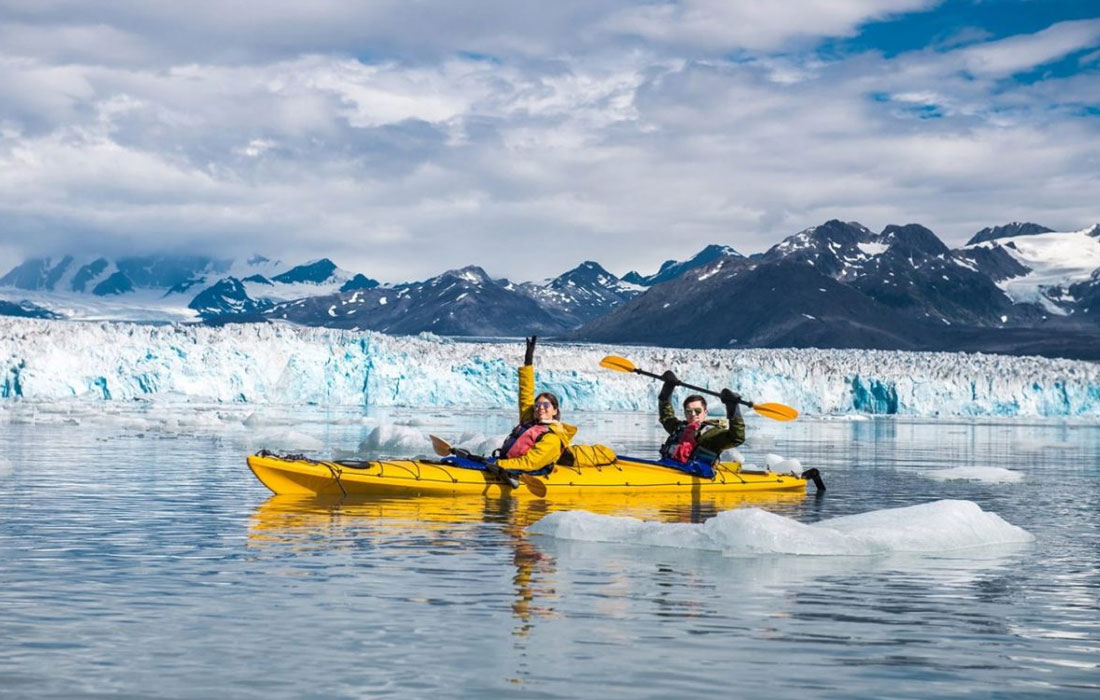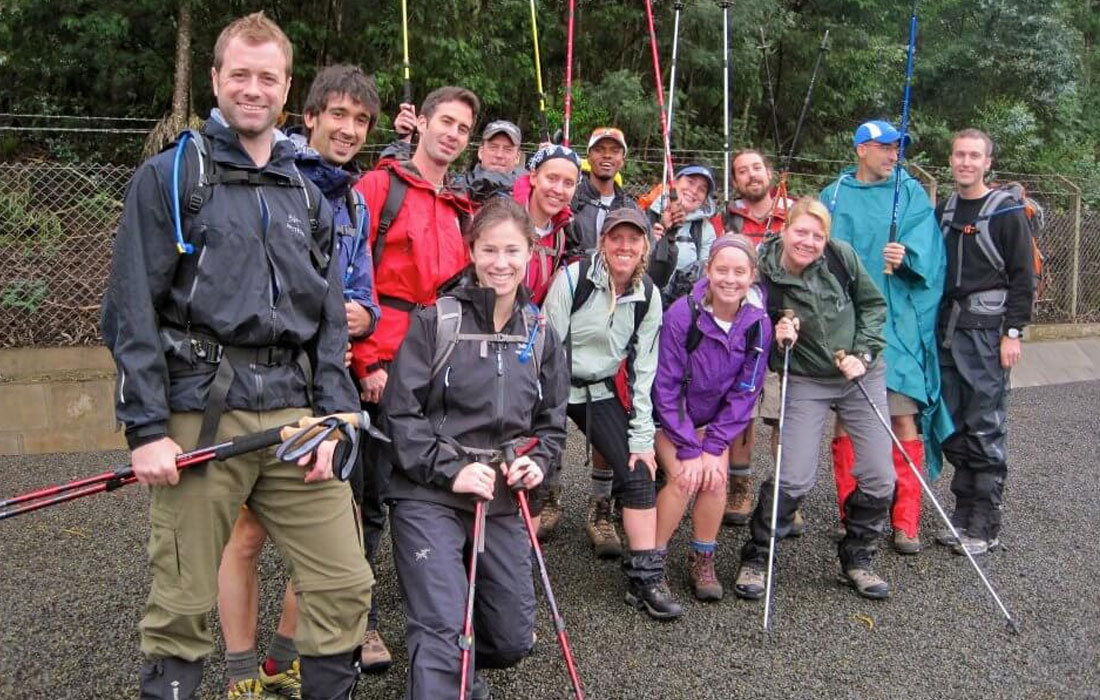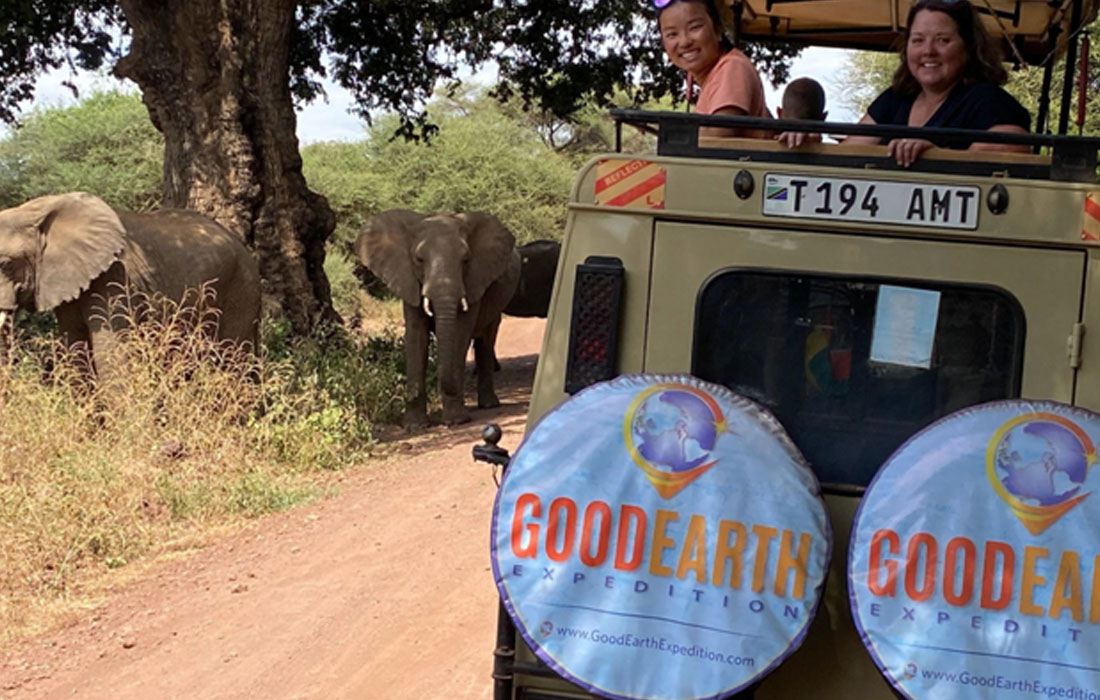Kilimanjaro Trails Condition
Technical climbing skills are not required as most trails on Mount Kilimanjaro are well-marked and maintained.
Kilimanjaro Trails Condition
There are only a couple of spots where scrambling is required. The route from Uhuru point is on the screen, which is also incredibly tiring and slippery.
Bad weather conditions are a highly complex matter in these areas. So, as a climber, you must be prepared to hike through all types of weather like rain, dust, snow, fog, mud, wet, icy, etc.
Kilimanjaro Public Toilet
There are “long drop” public toilets at every campsite, which are wooden structures built around a deep hole dug into the ground. There are no commodes in the public restrooms. In a standing or squatting position, you must relieve yourself in a spot cut into the bottom of the shack.
Given the crowds on Kilimanjaro, these public toilets see a lot of use and can get somewhat dirty. There are no points where exposure to falling off a Cliffside is a legitimate threat. Your guides will be ready to spot you in any particularly challenging spots when necessary.


Kilimanjaro Conditions In Ecological Zones
The topography changes drastically during the climb as the altitude change from top to bottom.
Kilimanjaro Rainforest Zone Trail Conditions
The journey begins in the beautiful rainforest at the base of Mount Kilimanjaro. This ecological zone gets an enormous amount of rainfall annually.
So the path here is usually wet and muddy. This is why it is essential to have proper hiking boots or shoes with good tread. Shorts and a tee shirt make the ideal outfit as long as it isn’t raining. Trekking poles also help to navigate the landscape.


Kilimanjaro Moorland And Alpine Desert Zone Trail Conditions
Farther up, in the moorland and alpine desert regions, the trail is usually very dry and dusty. However, this makes the path relatively easy to tackle as the ground is firm and stable. Although it is more relaxed, hiking with a base layer and pants is usually sufficient.
Don’t forget to wear a cap and sunglasses to shield your face from the deceptively powerful sun, even if you don’t feel its heat. And apply sunscreen to any exposed skin. Have your jacket ready if the winds and clouds visit you.
Kilimanjaro Arctic Zone Trail Conditions
Finally, as you approach the summit, you enter the artic zone. This is where you will encounter the harshest conditions. The average hiker wears four layers on top and three on the bottom during the push to the summit. It is freezing and windy.
The route from Uhuru point requires a steep ascent and descent on loose gravel – called scree. It can be incredibly tiring to trek on this terrain. The rock shifts under your body weight, and your feet sink into the substrate. The trekking poles will help you balance, and gaiters will help to keep the rocks from getting into your shoes.
There may be snow on the ground, depending on the season. However, most of the time, it is hard-packed and has no cause for concern. (Note that it is scarce for crampons or micro spikes to be used. You don’t need them unless we specifically instruct you to bring them.)

Kilimanjaro On The Mountains
Hear from our travelers
We team up with the best to give you an unmatchable experience.
From the mountain view to the accommodation, flight booking, and everything associated with the vacation, Good Earth Expedition had an excellent team, and we sure had the best vacation experience.
Mathew Flunum

AT GOOD EARTH EXPEDITION, WE GO WILD WORLD WIDE
From the mountain view to the accommodation, flight booking, and everything associated with the vacation, Good Earth Expedition had an excellent team, and we sure had the best vacation experience.
Mathew Flunum
The Good Earth Expedition was impressive with their destination ideas, and there were just amazing people.
Germain

PERFECTLY PLANNED AND EXECUTED BY CONSEA
The Good Earth Expedition was impressive with their destination ideas, and there were just amazing people.
Germain
From the Tanzania budget Safari to the Wildlife photography and Alaskan Wilderness, the trip was carefully planned by Good Earth Expeditions.
John Boxler

CONSEA, PROVIDED ALL THE VALUABLE INFORMATION
From the Tanzania budget Safari to the Wildlife photography and Alaskan Wilderness, the trip was carefully planned by Good Earth Expeditions.
John Boxler
Excellent trip covering several tourist sites in Northeastern Tanzania. Good hotels and accommodations, plus a friendly and competent team from Good Earth Expeditions.
Brian J Mangereli

EXCELLENT TRIP COVERING SEVERAL TOURIST
Excellent trip covering several tourist sites in Northeastern Tanzania. Good hotels and accommodations, plus a friendly and competent team from Good Earth Expeditions.
